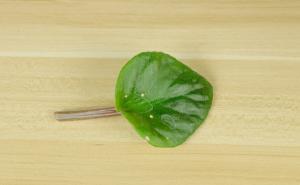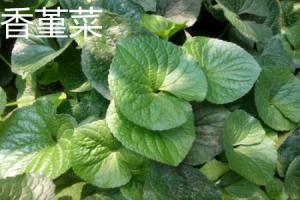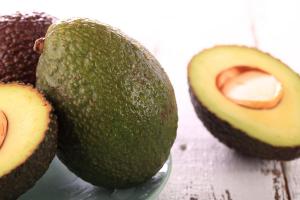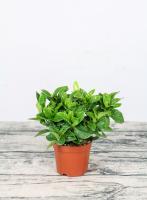How to Prune Tomato Plants: A Comprehensive Guide
Tomatoes are one of the most popular and versatile fruits to cultivate in a vegetable garden. With proper care and pruning, you can maximize their yield, promote healthy growth, and prevent diseases. In this article, we will cover the basics of pruning tomato plants to help you achieve a successful harvest.
Why Prune Tomato Plants?
Before we dive into the specifics of tomato pruning, let's understand why it's crucial to prune your plants. The following are some of the benefits of pruning:
Promote healthy growth: By getting rid of unwanted branches and leaves, you allow your plant to concentrate its energy on producing healthy fruits and foliage.
Increase yield: Pruning encourages the growth of productive branches and flowers, resulting in more tomatoes and a higher yield.
Preventing diseases: Overgrown plants are susceptible to diseases, which can lead to a decreased yield or the death of your plant. Pruning helps to maintain the plant's health and minimize the risk of disease.
When to Prune Tomato Plants?
The best time to prune your tomato plants is when you first transplant them into the ground or a container. It's essential to start pruning when your plant is still young to avoid stunting its growth or causing damage. After the initial pruning, you can continue to prune your plant throughout the growing season.
How to Prune Tomato Plants?
Now that we understand the importance of pruning and the best time to start let's get into the specifics of how to prune your tomato plants. Here are some simple steps to follow:
Remove the suckers: Tomato plants produce side branches called suckers, which can grow into full-size branches if not removed. To remove the suckers, look for the small shoots that grow between the main stem and the side branches. Use a sharp, clean pair of pruning shears to cut the sucker at the base carefully.
Trim the lower leaves: Remove the leaves that grow along the lower part of the stem. These leaves are the first to develop fungal diseases, so removing them will help prevent the spread of disease throughout the plant. Only remove the leaves up to the first flower cluster.
Remove damaged or diseased branches: If you notice any branches that are damaged or diseased, remove them immediately. Cutting them out will prevent the disease from spreading to other parts of the plant.
Thin out the plant: If your tomato plant is overcrowded, thin it out by removing some of the branches. This will allow air to circulate more freely around the plant, reducing the risk of diseases and pests.
Conclusion
Pruning tomato plants is an essential part of maintaining their health and encouraging a productive harvest. With proper techniques, you can ensure that your plants thrive and produce an abundance of juicy, flavorful tomatoes. Remember always to use sharp pruning shears and to remove suckers and diseased or damaged branches as soon as possible. Happy pruning!

 how many times do yo...
how many times do yo... how many planted tre...
how many planted tre... how many pine trees ...
how many pine trees ... how many pecan trees...
how many pecan trees... how many plants comp...
how many plants comp... how many plants can ...
how many plants can ... how many plants and ...
how many plants and ... how many pepper plan...
how many pepper plan...





























